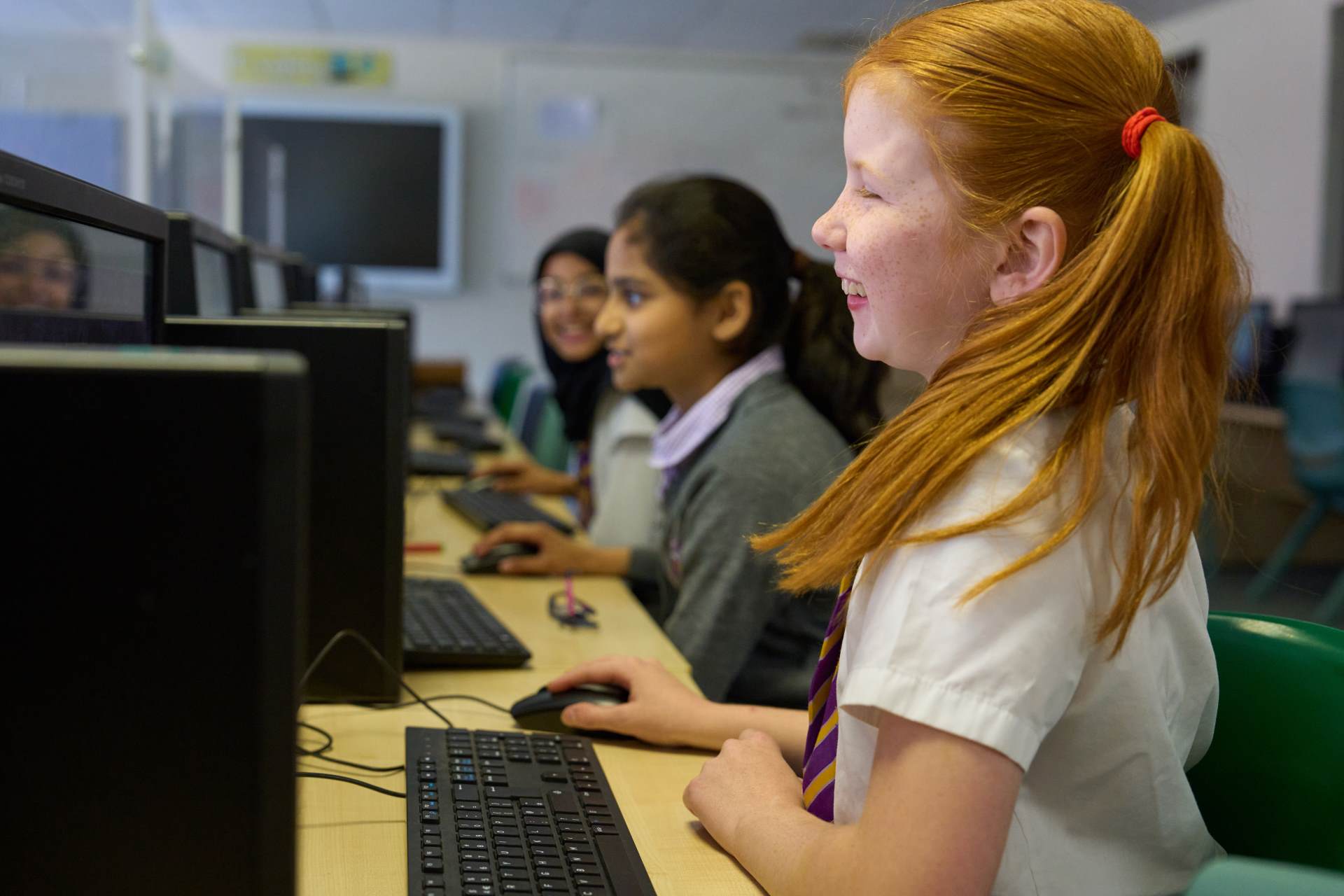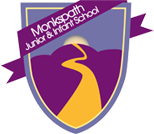Computing

At Monkspath School, our computing curriculum equips pupils with the skills and understanding to thrive in a digital world. We follow the National Curriculum for Computing at Key Stages 1 and 2, ensuring children develop both technical competence and digital literacy.
What We Teach
Our curriculum covers three key strands:
- Computer Science – understanding algorithms, programming, and how digital systems work.
- Information Technology – using software and devices to create, organise, and present digital content.
- Digital Literacy – using technology safely, respectfully, and responsibly.
Children learn to:
- Write and debug simple programs.
- Use logical reasoning to predict and explain outcomes.
- Understand networks and the internet.
- Evaluate digital content and use search technologies effectively.
- Stay safe online and know how to report concerns.
We ensure progression in knowledge and skills across year groups, preparing pupils for the future workplace and life in a digital society.
How We Teach
Computing is taught weekly through:
- Practical, hands-on activities using a range of devices and software.
- Cross-curricular links.
- Opportunities to explore real-world applications of computing.
Lessons are sequenced to build on prior learning and include both unplugged activities and digital tasks. We also promote creativity through multimedia projects and coding challenges.
Online Safety
Online safety is a key part of our computing and PSHE curriculum. We teach children how to use technology responsibly and safely, both in school and at home. Our approach includes:
- A focused Online Safety Week each year, including Safer Internet Day activities.
- Regular updates and lessons using the ProjectEVOLVE framework, which supports age-appropriate digital development across key themes such as self-image, online relationships, and privacy.
- Ongoing integration of online safety messages throughout computing and wider curriculum areas.
We work in partnership with parents and carers to promote safe and responsible use of technology.
What Children Learn and How We Assess
Children develop confidence in using technology and understanding how it works. They learn to:
- Solve problems computationally.
- Create purposeful digital content.
- Communicate ideas effectively using technology.
Assessment includes:
- Observation and questioning during lessons.
- Review of digital work and programming tasks.
- End-of-unit tasks and knowledge checks, for example through PoP tasks.
- Pupil voice and self-assessment to reflect on learning.
This helps us ensure pupils are making progress and developing secure computing knowledge and skills.


